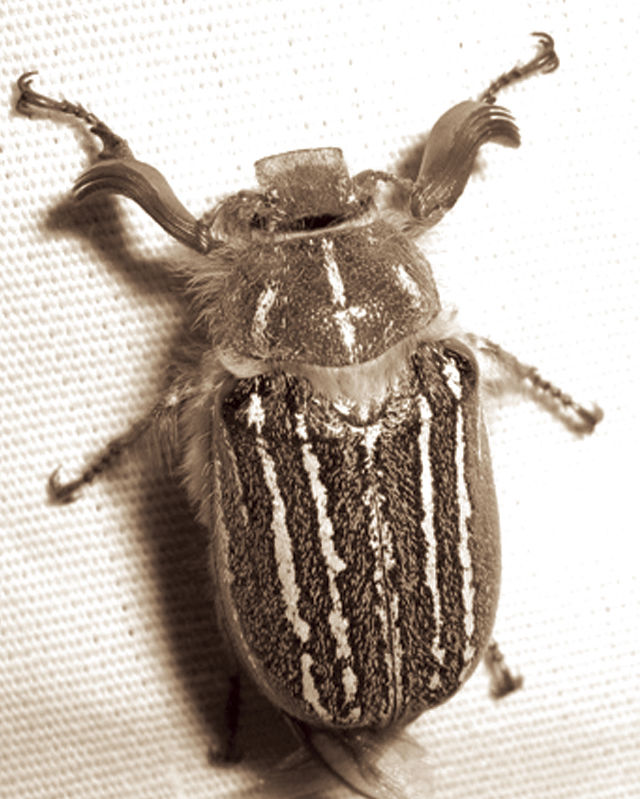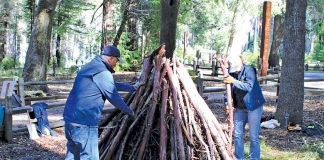
In a stunning development in the continuing controversy over the proposed removal of invasive plant species from a protected watershed in Felton, the author of the eradication plan abruptly quit last week, leaving its implementation in limbo.
Citing “current restrictions on tools to control the invasive woody plants,” veteran environmental consultant and Ben Lomond resident Suzanne Schettler wrote the San Lorenzo Valley Water District on April 25, that “I respectfully withdraw my participation with the Broom/Acacia Management Plan.”
Schettler wrote the plan, which was the primary topic of a nearly four-hour discussion at a special meeting of the water district board on Wednesday.
Schettler’s announcement came at the end of a 700-word email that summarized her efforts to assess options – and increasing U.S. Fish and Wildlife restrictions on them – that could be used to remove yellow-blooming French broom and pungent white-blossomed acacia from 180 acres owned by the water district. These invasive woody plants are choking out more diverse indigenous plant species.
“I have neither the time nor the thick skin it would take to be an apologist for Monsanto in a highly charged atmosphere,” she wrote the board.
“I totally disapprove of many of Monsanto’s business practices,” she continued. “I believe in only tightly limited use of herbicide as a tool of last resort for vegetation management, and only as a supplement to non-chemical control.”
Monsanto is the manufacturer of Roundup, whose primary ingredient is glyphosate, the world’s most widely used – and controversial – herbicide. The State of California in late March labeled the herbicide carcinogenic.
Schettler did not respond to emails and phone calls.
Her letter was included along with more than a dozen other letters in the water district’s “board packet” for the Wednesday meeting, which was emailed to all board directors and others. It was posted on the district’s website on April 28.
“I live on the edge of the Sandhills and have been professionally involved in their ecology and restoration for over 25 years. I put many more hours into the first two drafts of this plan than were anticipated,” Schettler told the water board in her email.
”I hope others can work together and create a legal and practical approach to controlling broom and acacia at the Wellfield. It will be an ecological tragedy if the water district’s unique Sandhills and Sand Parkland habitat and rare plants are doomed to be destroyed by invasive species because of administrative restrictions.”
She said her draft report was now outdated because of the latest restrictions imposed by Fish and Wildlife to protect the endangered Mount Hermon June Beetle, a small striped scarab that only lives in the Zayante sand hills. Delays in Fish and Wildlife approval of mitigation plans for the same beetle continue to thwart efforts in nearby Scotts Valley to build a new middle school.
One option in Schettler’s draft plan suggested using carefully controlled amounts of glyphosate applied to the cambium of each of trimmed plant, from which new stems grow.
She also said that the herbicide would only needed to be used once, if the water district followed up this “cut stump” removal method by shallow hoeing or “thermal weeding” of the subsequent first-year seedlings every year.
But Fish and Wildlife said on March 31 that new permits would be needed, and new safeguards would need to be put in place because of possible disruption of the Mount Hermon June Beetle’s below-ground home.
Next week, May 15, begins the brief final chapter of the little beetle’s annual life cycle, as the winged insects emerge from an underground pupa stage to go airborne in search of mates.










